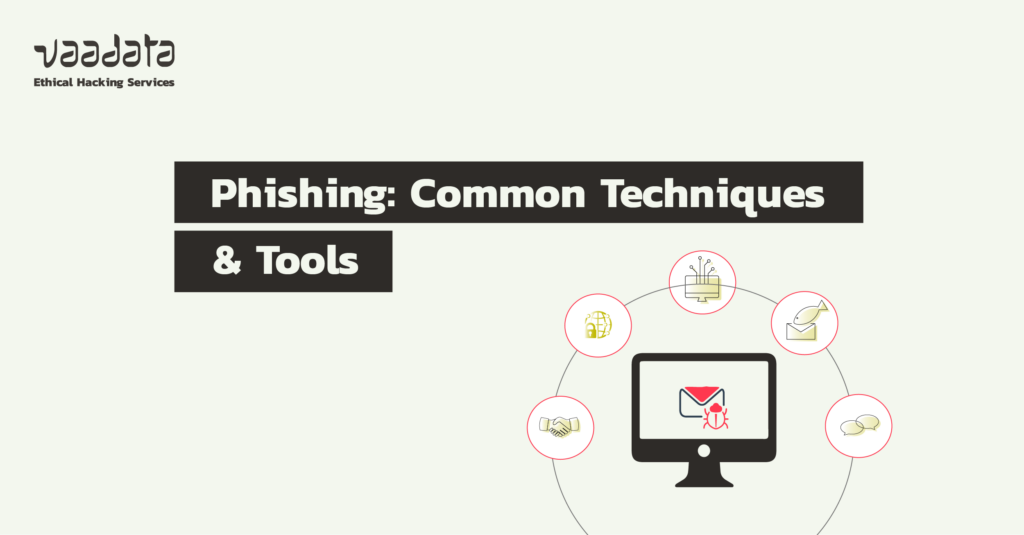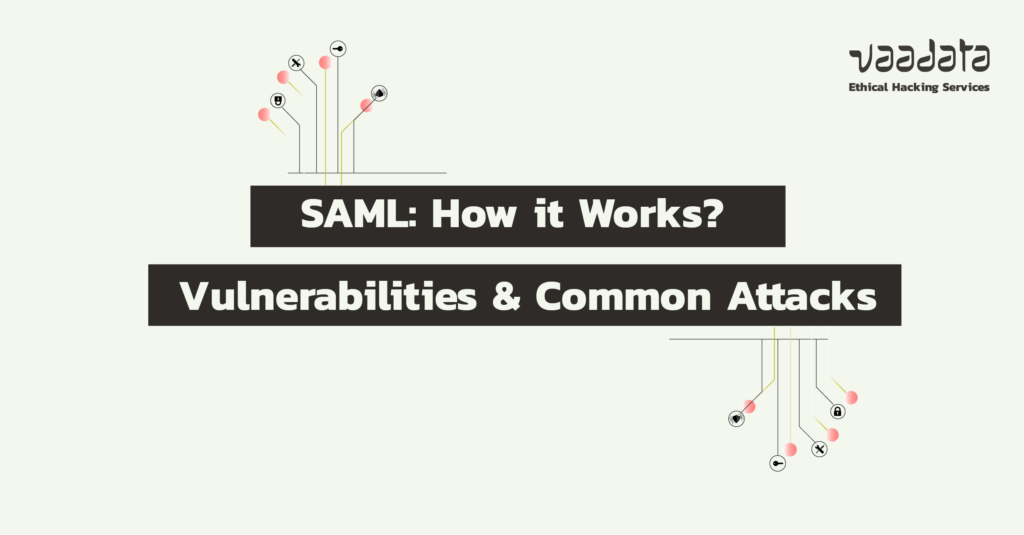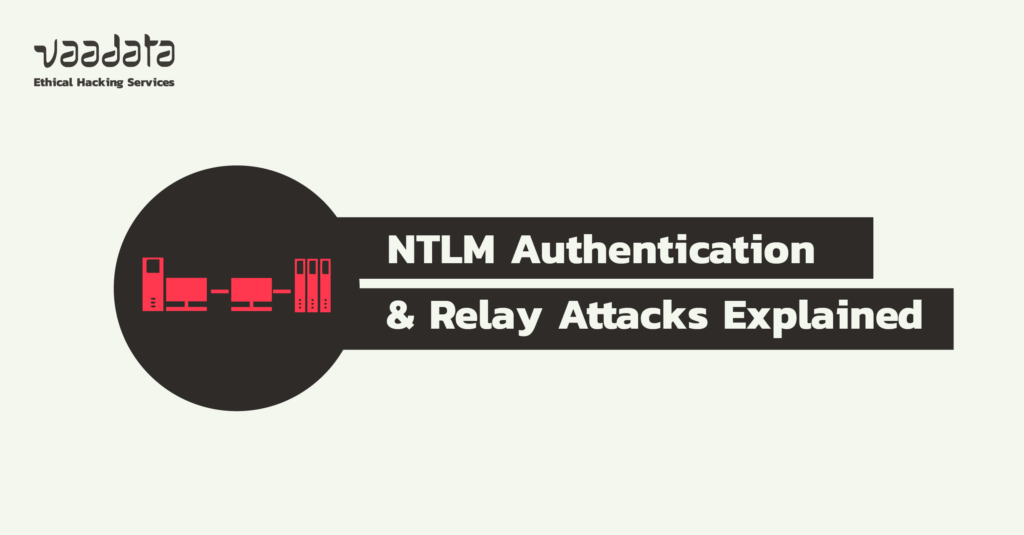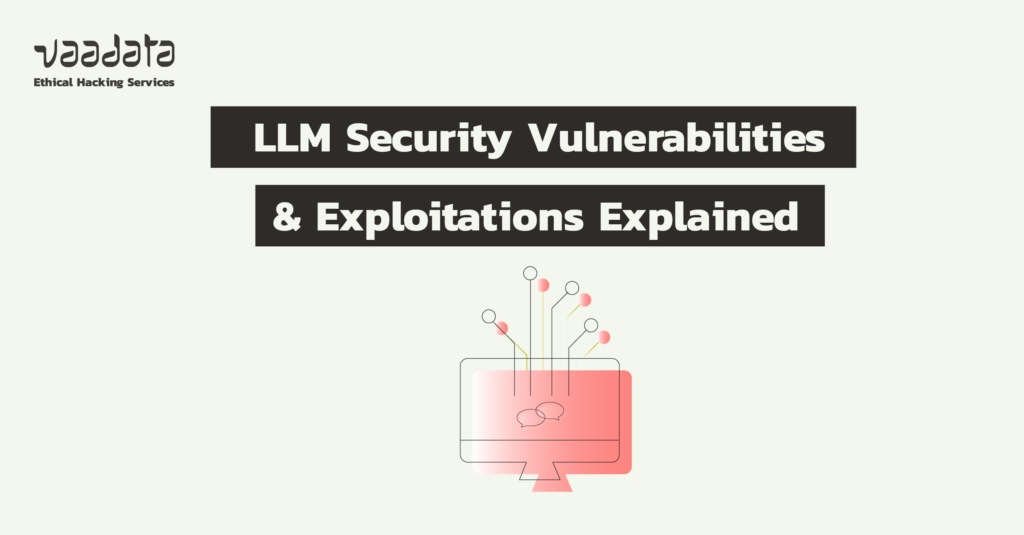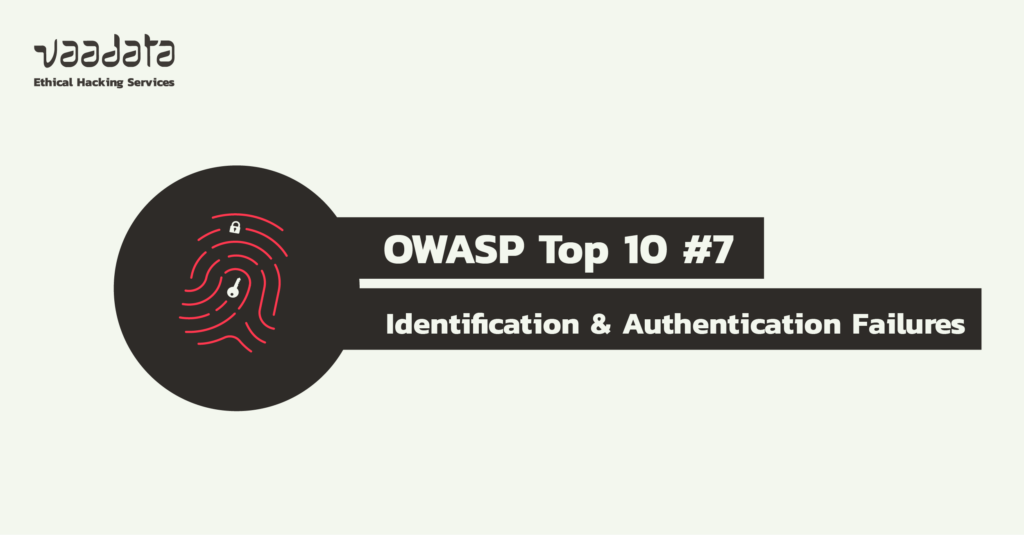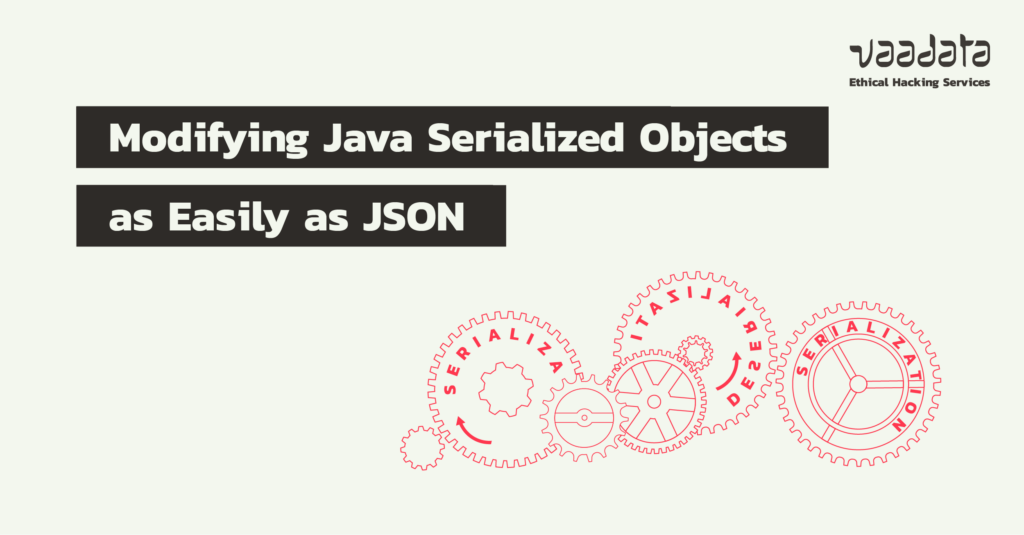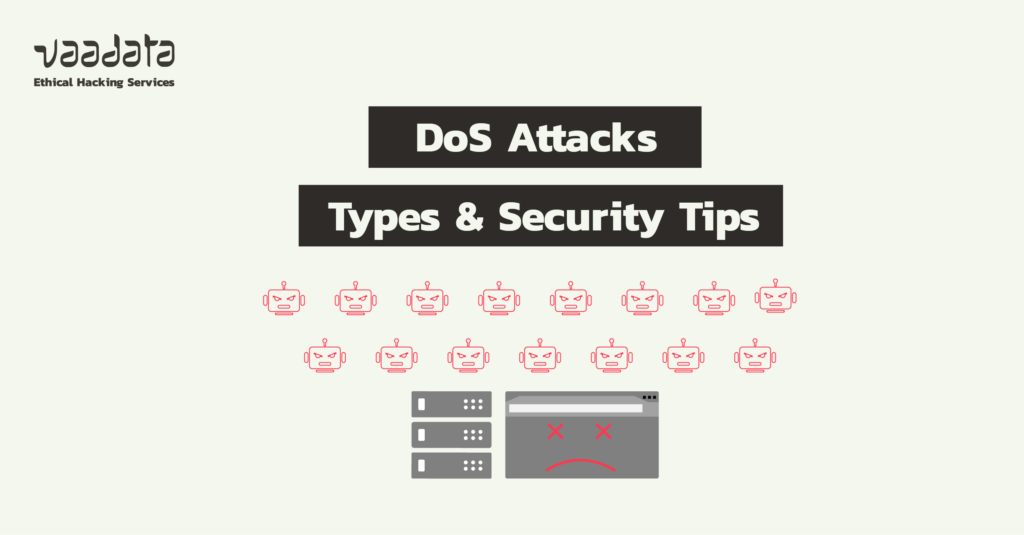
With cyberattacks on the rise, carrying out an IT security audit has never been a higher priority for businesses.
Web applications, mobile apps, APIs, cloud infrastructures, connected objects, networks and people – nothing is spared. As a result, security audits have become an essential tool for all types of business. Whether technical audits, organisational security audits or compliance audits, there are numerous solutions for securing an information system and countering risks.


